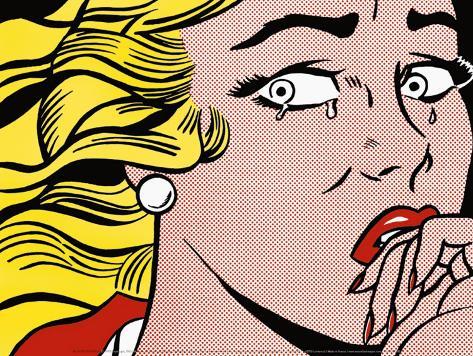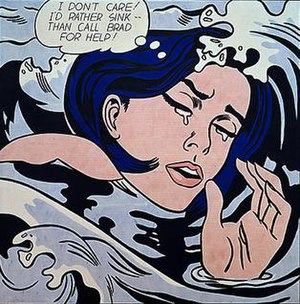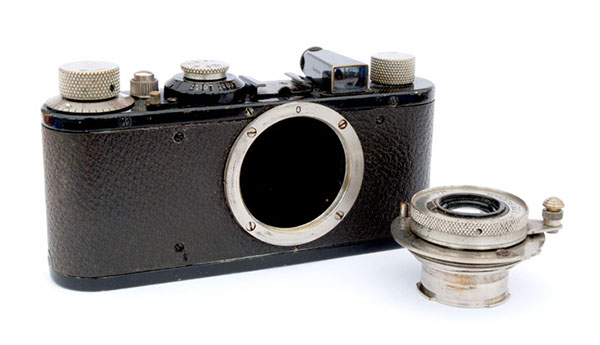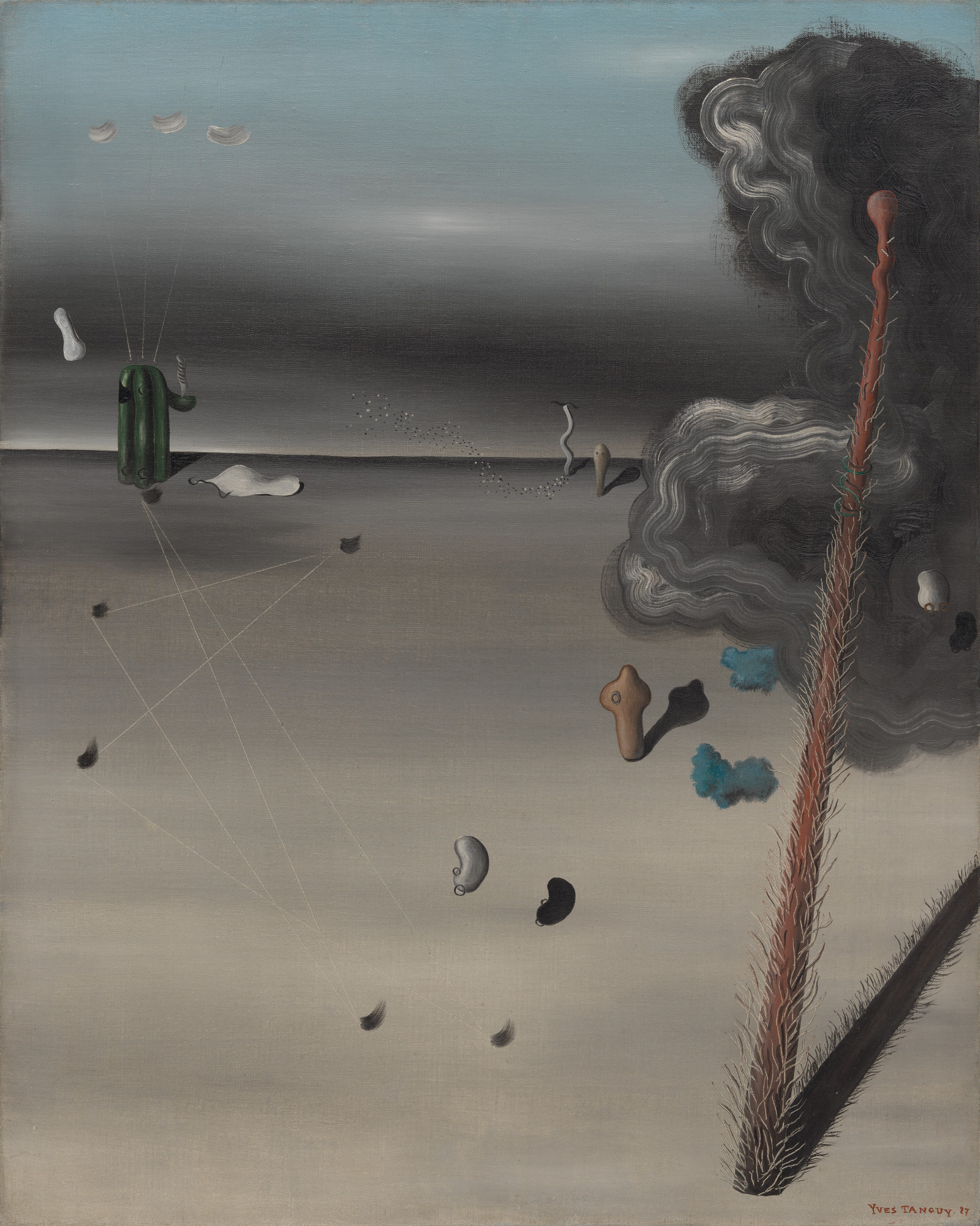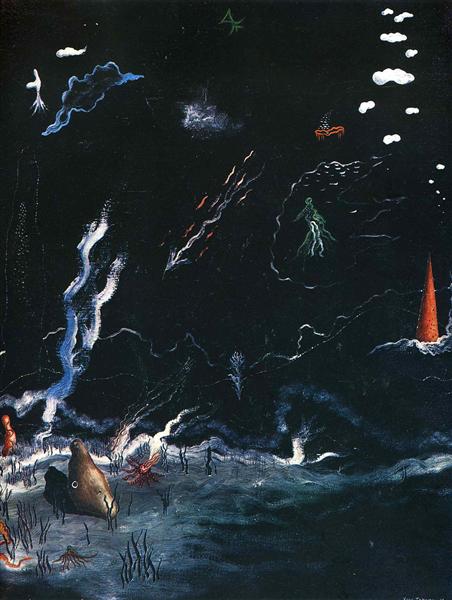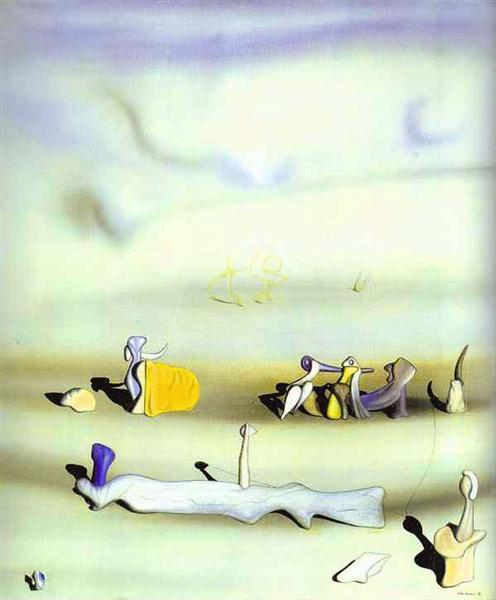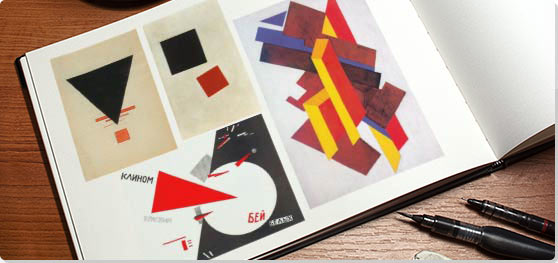Pruett Carter was an American illustrator who taught at the Grand Central Art School and Chouinard Art Institute. Carter was born in 1891 in Missouri and grew up on an Indian Reservation. He studied in Los Angeles at the Art Students’ League. After that, he moved to New York to study under Robert Henri.

It looks like in his early work Pruett Carter stuck to the more traditional style of painting, which is why it’s now very distinguishable from most other painters. However, in Woman In An Interior you can already see his love for painting female beauty, which later became the main feature in his paintings and illustrations.

Here, in Friends and Lovers, he pictures a man and a woman sitting on the rocks by the sea. We can only see the back of the man’s head but the woman is portrayed as an icon – a modern goddess.
He was known for doing illustrations for women’s magazines, working in mainly oil and gouache.

Most times Carter would be his own art director and layout designer.

However, one of my favorite of his works has got to be this beautiful magazine spread for the story “Security”. The woman in this illustration looks beautiful yet very vulnerable. She needs security and her man is it.

Sources
http://gurneyjourney.blogspot.com/2014/06/pruett-carters-preliminaries.html
Tattered and Lost EPHEMERA: PRUETT CARTER lead me to a dead end

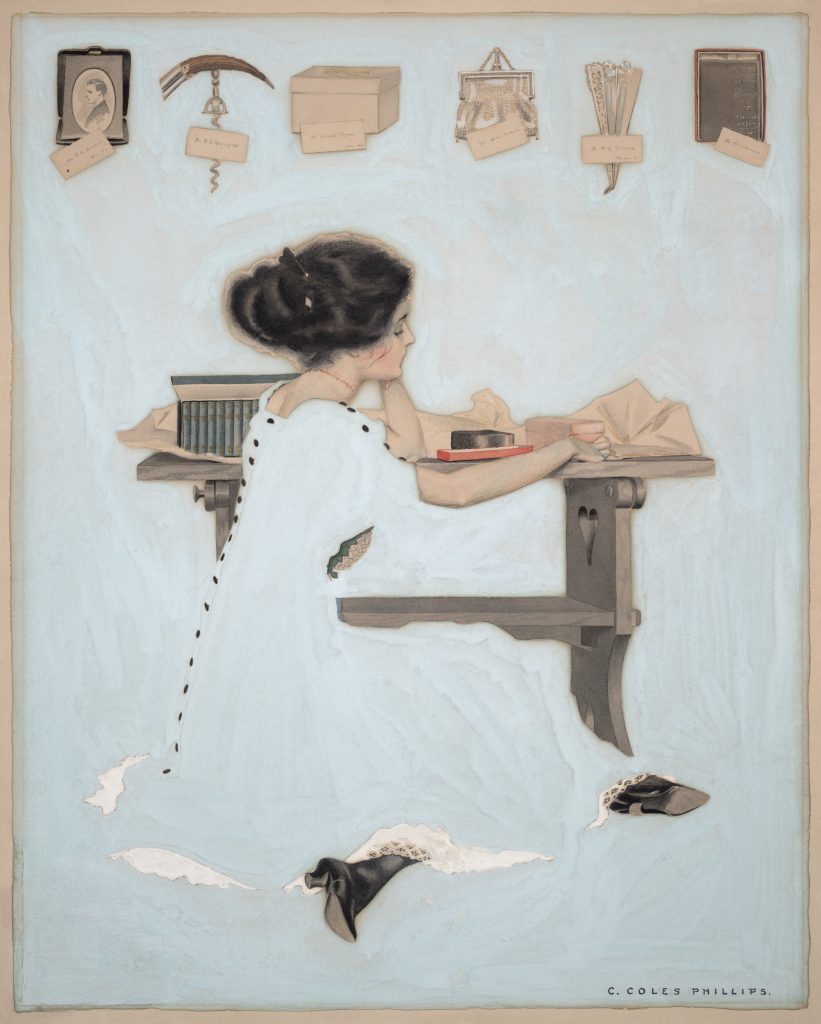
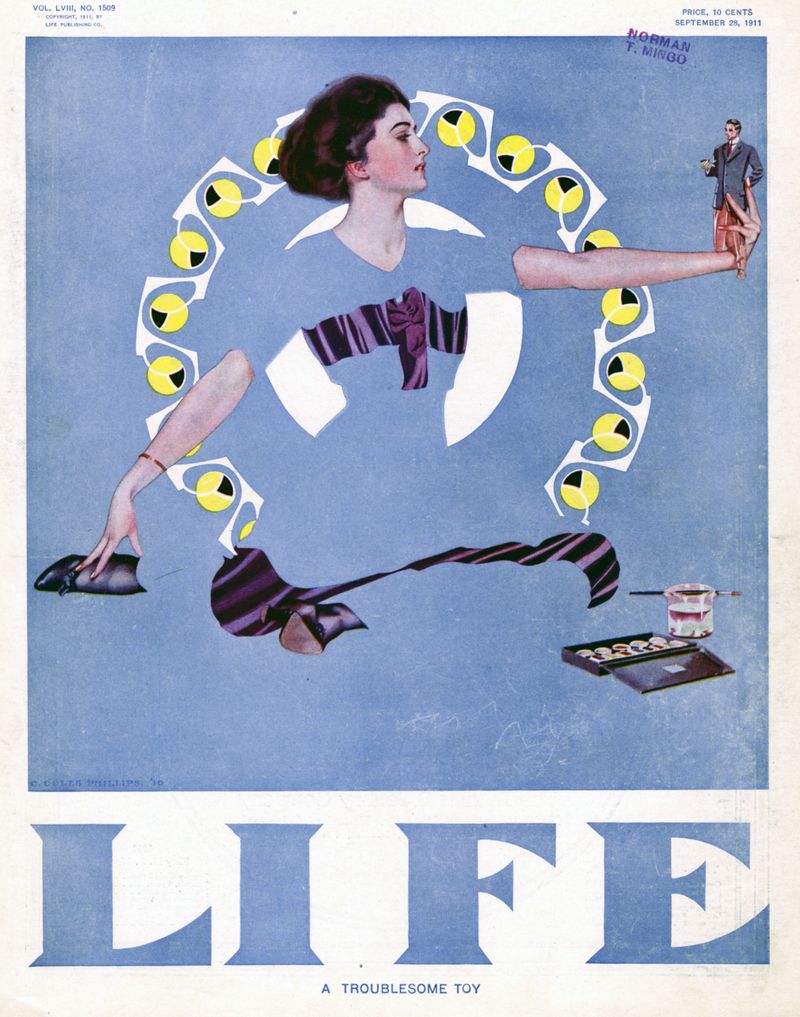
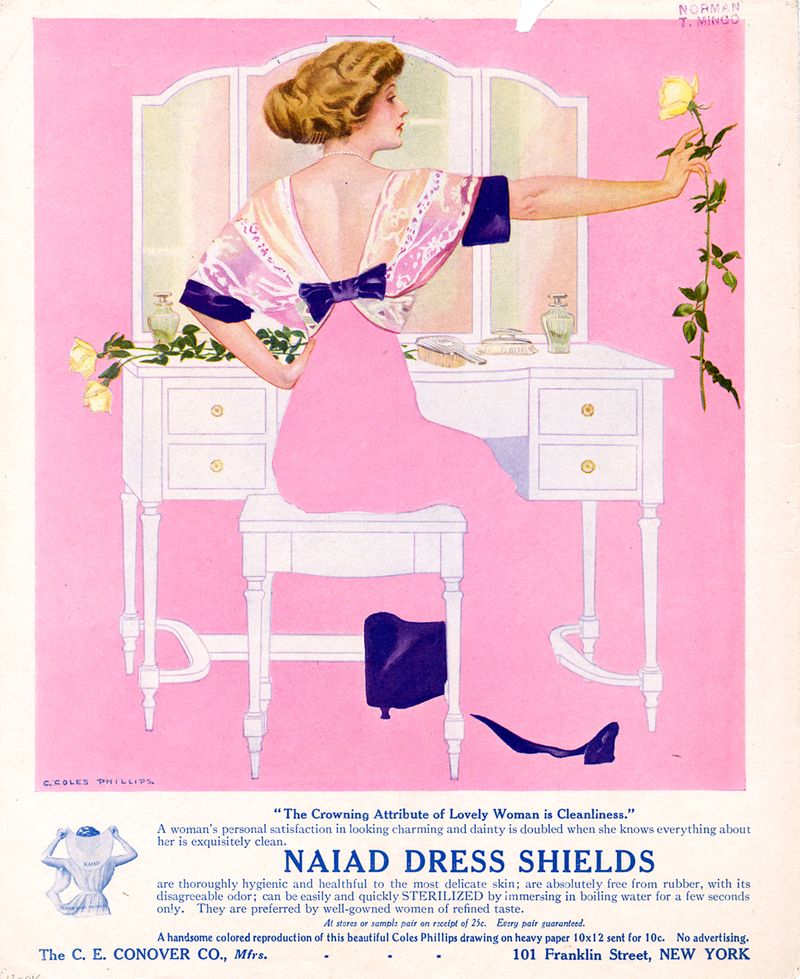
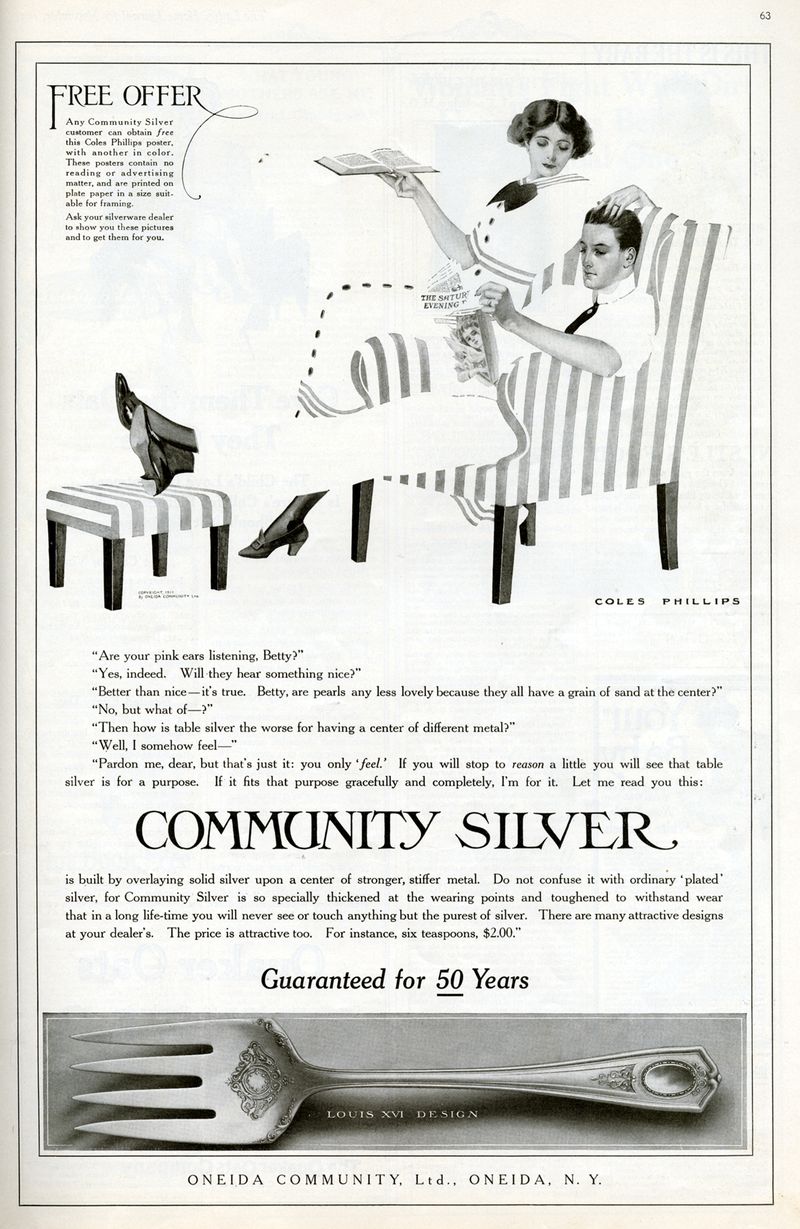
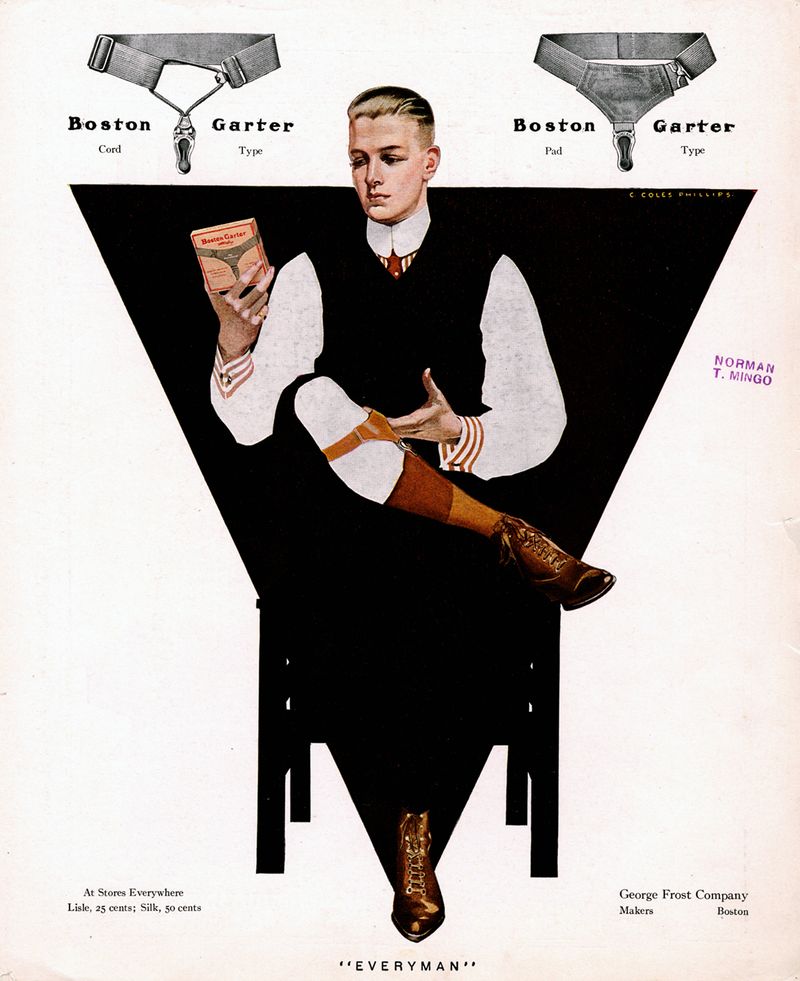


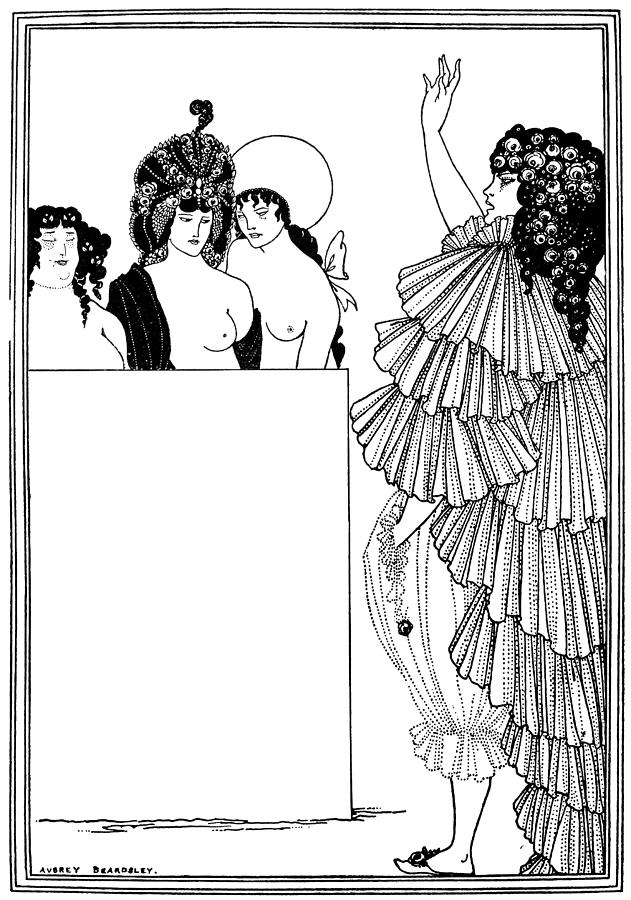

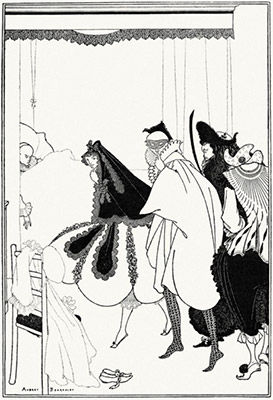
 animals produced in stainless steel with mirror-finish surfaces.
animals produced in stainless steel with mirror-finish surfaces.





